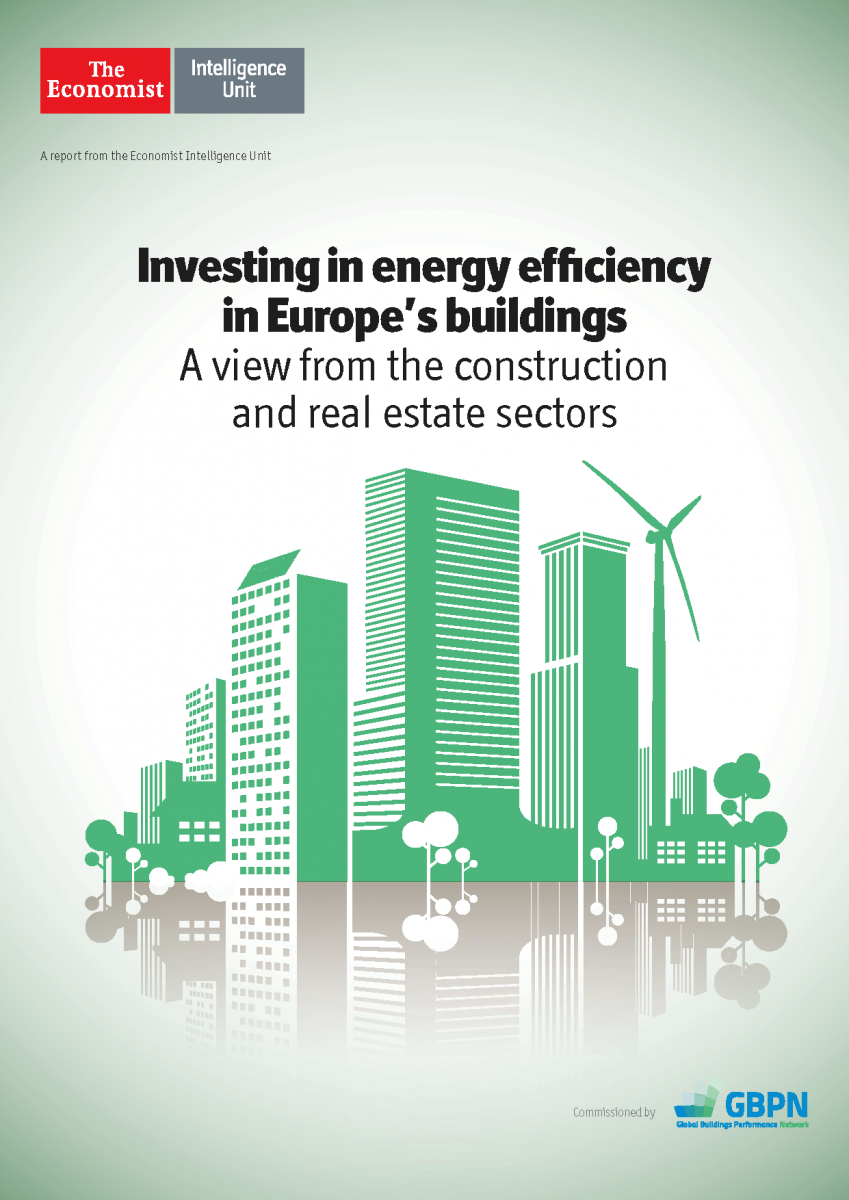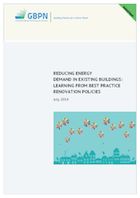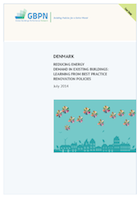Investing in Energy Efficiency in Europe’s Buildings: A View from the Construction and Real Estate sectors
 Highlights
Highlights
An EIU survey commissioned by the GBPN in collaboration with BPIE about the European real estate and construction executives's opinion of energy efficiency in the building sector.
 Highlights
Highlights GBPN开发了一个在线
GBPN开发了一个在线  The GBPN has created an on-line
The GBPN has created an on-line 